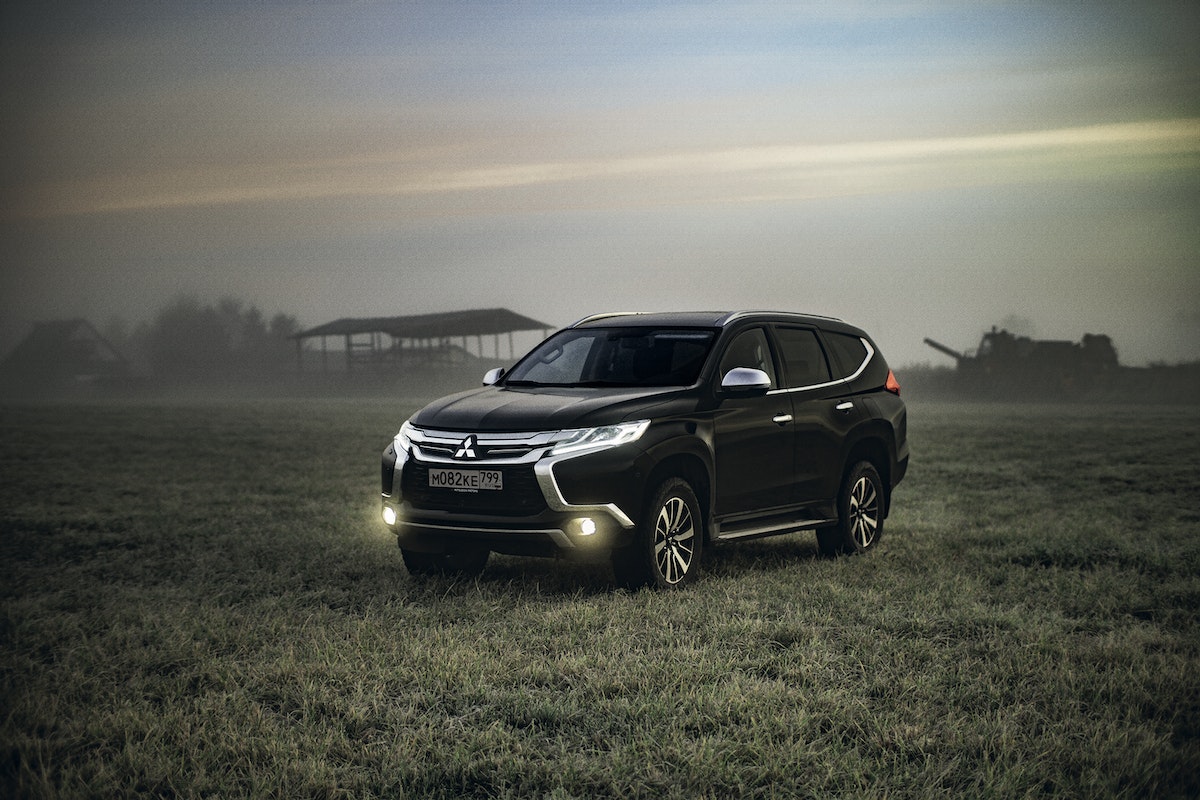We've examined their features, design solutions, and performance parameters to understand why they were considered some of the worst Mitsubishi cars of all time. Continue reading →
Mitsubishi has a long history of producing quality vehicles known for their reliability and performance. However, like any car manufacturer, they have also produced their fair share of vehicles that have underperformed and failed to meet customer expectations.
In this article, we’ve taken a closer look at some of the worst Mitsubishi cars in terms of quality. These are the vehicles that have made headlines for all the wrong reasons and failed to deliver on the promises made by the manufacturer. We’ve examined their features, design solutions, and performance parameters to understand why they were considered some of the worst Mitsubishi cars of all time.


One of the least impressive Mitsubishi cars was the 2000 Mirage. Despite being marketed as an affordable vehicle, the Mirage configuration featured a weak engine that struggled to keep up with traffic, as well as a bland exterior that failed to stand out. The interior also disappointed due to cheap materials and a lackluster design. It was a car that failed to live up to drivers’ expectations in all ways.
The Mitsubishi Mirage is a subcompact car with a focus on efficiency and affordability. The 2022 model has a 1.2-liter three-cylinder engine, producing 78 hp and 74 lb-ft of torque. It comes with a standard five-speed manual transmission or an optional continuously variable automatic transmission (CVT). The Mirage is also equipped with standard safety features such as a rearview camera, hill start assist, and a seven-airbag system.
The 1995–2005 Eclipse was another disappointment for car enthusiasts and brand lovers. Despite being presented as a sports car, the Eclipse configuration made it struggle to handle corners at high speeds, and its dated design failed to impress. The Eclipse fell short of its promises.
The Mitsubishi Eclipse is a sporty coupe that was produced between 1989 and 2012. It was initially marketed as a high-performance car, with a turbocharged engine and all-wheel drive available on some models. The Eclipse’s design evolved over the years, becoming more aggressive and aerodynamic. In later years, the Eclipse was offered with a V6 motor and more luxurious features, such as leather seats and a premium audio system.
The 1989 Precis was marketed as an affordable car for families but failed to deliver. The car featured poor engineering and a lackluster design that made it unreliable and unattractive to customers. The owners of this 1989 Mitsubishi configuration claimed that the vehicle had issues with its suspension and transmission quite often. That’s why it was a car that few wanted to buy.
The Mitsubishi Precis was a subcompact car that was produced from 1985 to 1994. The car featured a front-wheel-drive layout and was available in both sedan and hatchback body styles. It was powered by a 1.5-liter inline-four engine that produced up to 92 hp and was paired with either a 4-speed manual or 3-speed automatic transmission.
The 1992–1996 Diamante was expected to get a prominent place on the luxury sedan market but something went wrong. The car’s poor design choices made it look outdated, and its poor performance and bad handling struggled to keep up with the competition. It was a car that failed to impress buyers in the luxury market.
The Mitsubishi Diamante was produced by the Japanese automaker between 1990 and 2005. The vehicle was designed to compete in the mid-size luxury sedan market, and it was equipped with a range of features to provide a comfortable ride for passengers. The Diamante featured a V6 engine, which provided a smooth and responsive driving experience, while the suspension system helped to absorb bumps and road imperfections. The car also came with standard features such as power windows and door locks, a sunroof, leather seats, and a premium audio system.
Lastly, the Starion configuration was a sports car that failed to live up to its potential. It had a poorly constructed engine, and the vehicle’s substandard handling, due to the lack of power steering, made it fall behind other sports cars on the market. Furthermore, its design failed to captivate car enthusiasts. Even automotive journalists pointed out that the Starion version was unsuccessful.
The Mitsubishi Starion was a sports car produced from 1982 to 1990. It was powered by a turbocharged 2.6-liter inline-four engine that produced 150–197 hp, depending on the year and trim level. The Starion featured rear-wheel drive and was available with either a five-speed manual or a four-speed automatic transmission.
While Mitsubishi has produced impressive cars over the years, it has also produced some duds. In general, the least successful Mitsubishi cars were underpowered, had bad handling, and were poorly designed. As a result, they struggled to keep up with the competition. These cars failed to capture the attention of the car market and left buyers unimpressed. As Mitsubishi continues to produce new vehicles and enter new markets, we hope to see them avoid making the same mistakes as these flops.
Ever feel like you're doing everything right in your digital marketing game but not seeing…
Dark patterns may still exist, but they’re no longer going unnoticed. In 2025, the thriving…
Use a checklist, ask questions, and check the details. Investing in the early stages can…
Say goodbye to the anxiety of cryptocurrency speculation → Bow Miner automated mining, register/wait/collect money…
Implementing CAD/CAM/CAE solutions is a strategic decision requiring a comprehensive approach. Companies need to carefully…
a roadmap for transitioning from a non-tech career to a tech role. While it might…